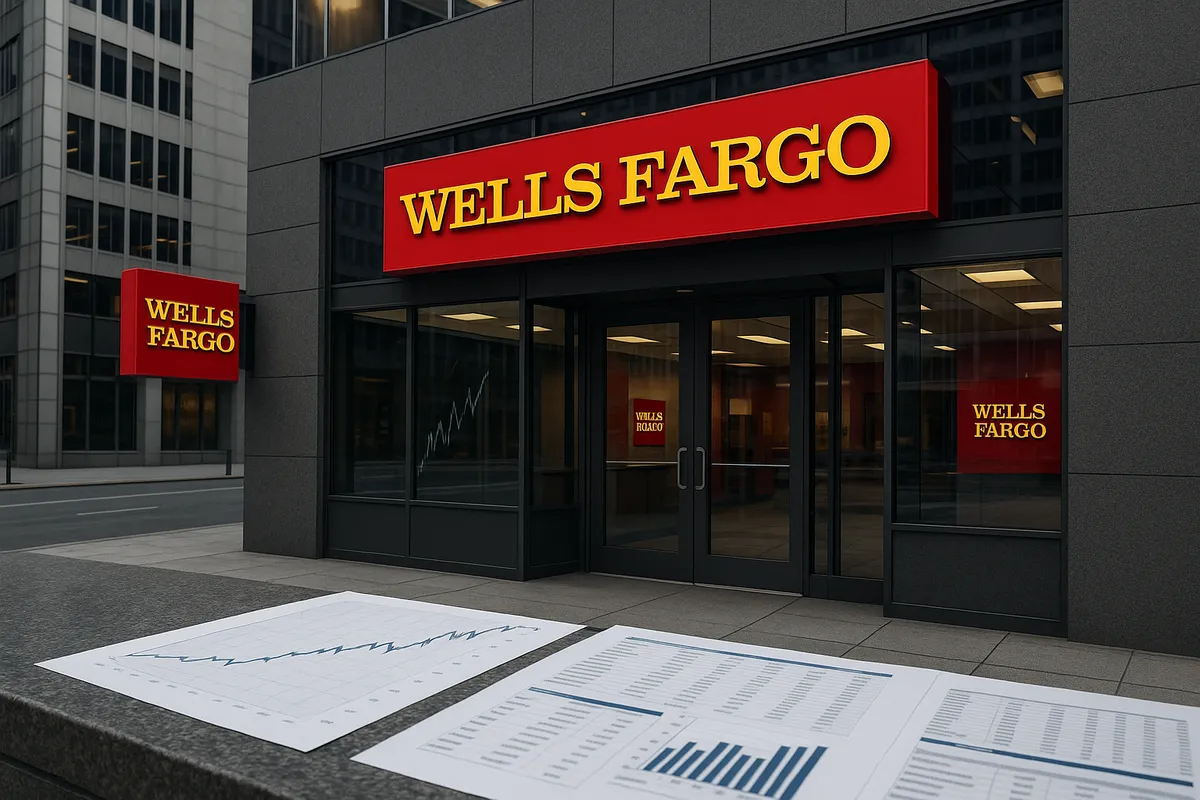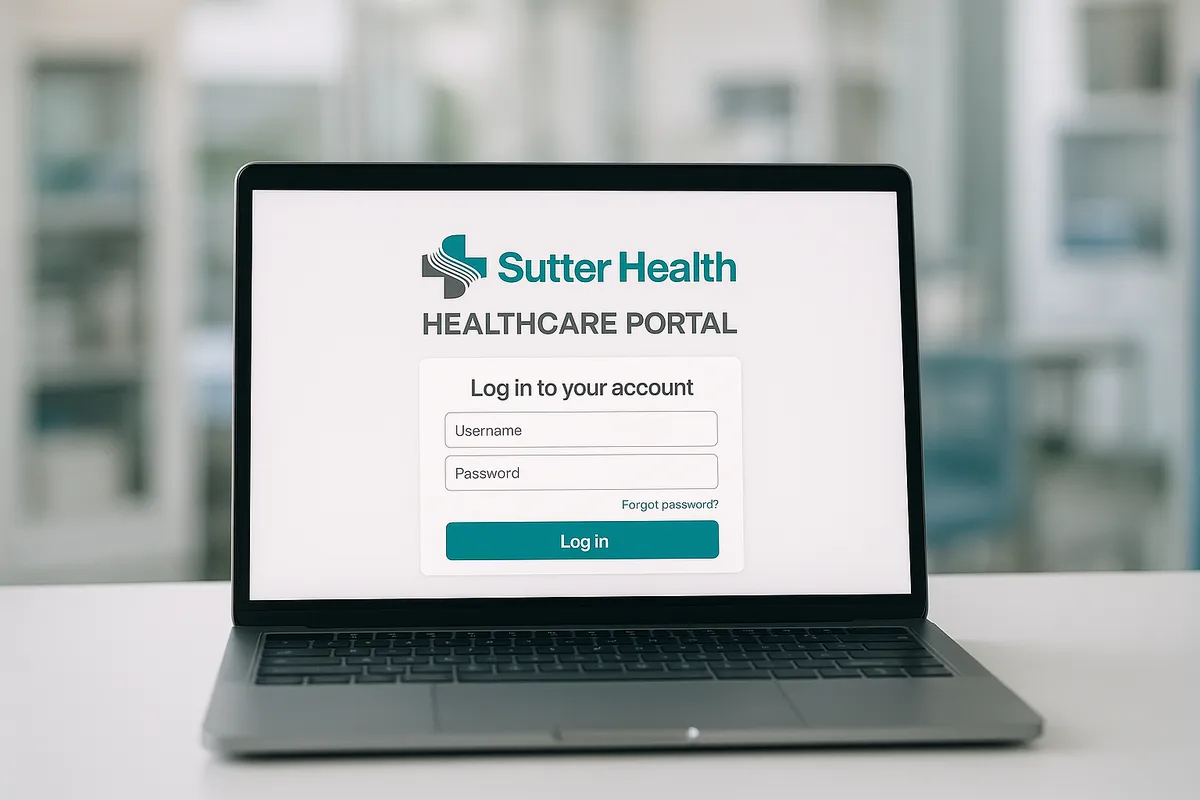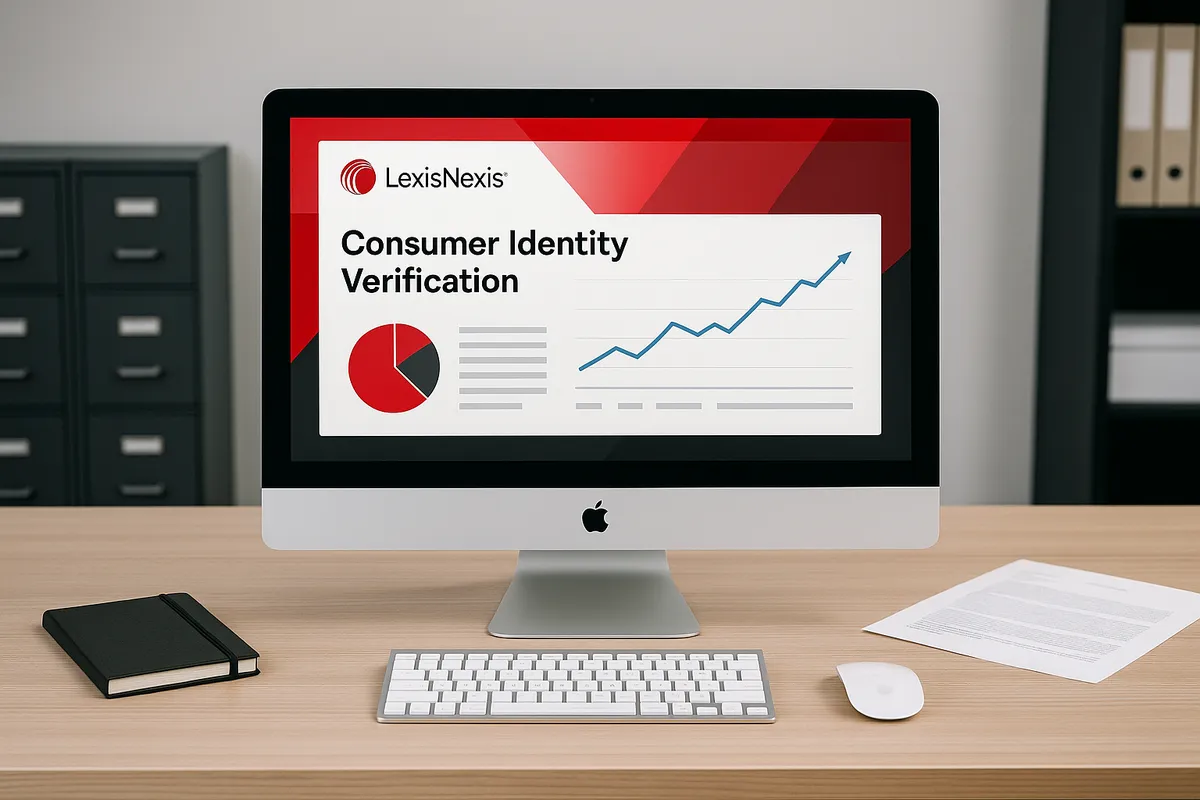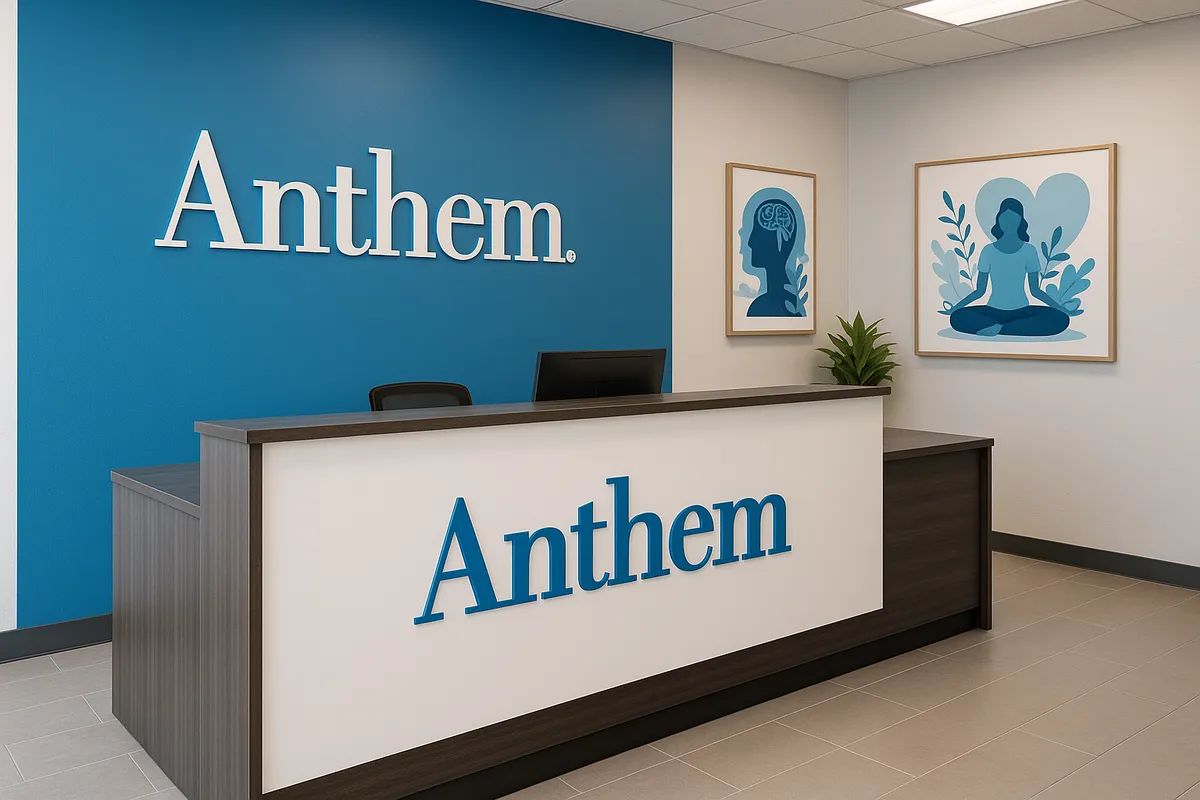
Full-time undergraduate students who attended certain universities and received some need-based financial aid that did not fully cover tuition, fees, room or board may qualify to claim a cash payment from a class action settlement.
Qualifying universities include:
- Brown University
- California Institute of Technology
- University of Chicago
- Columbia University
- Cornell University
- Dartmouth College
- Duke University
- Emory University
- Georgetown University
- Johns Hopkins University
- Massachusetts Institute of Technology
- Northwestern University
- University of Notre Dame
- University of Pennsylvania
- William Marsh Rice University
- Vanderbilt University
- Yale University
The above universities agreed to pay a combined $35.25 million to resolve a class action lawsuit alleging they conspired to limit the amount of financial aid students received in violation of federal antitrust laws.
Who can file a claim?
Class members may be eligible to participate in the settlement if they meet all of the following criteria:
- They enrolled in a full-time undergraduate program at one or more of the 17 defendant universities during the relevant class period for each school (see below).
- They received at least some need-based financial aid from one or more of the defendant universities.
- Financial or merit aid (excluding loans) did not fully cover their tuition, fees, room or board in any undergraduate year.
- They were a U.S. citizen or permanent resident at the time they attended and received financial aid.
Class periods per university:
- For University of Chicago, Columbia, Cornell, Duke, Georgetown, MIT, Northwestern, Notre Dame, Penn, Rice, Vanderbilt and Yale: fall term 2003 through Feb. 28, 2024
- For Brown, Dartmouth and Emory: fall term 2004 through Feb. 28, 2024
- For Caltech: fall term 2019 through Feb. 28, 2024
- For Johns Hopkins: fall term 2021 through Feb. 28, 2024
How much can class members get?
The settlement administrator will distribute the net settlement fund (after deductions for attorneys' fees, costs, service awards and administration expenses) on a pro rata basis among eligible claimants.
The calculation for each claimant is based on the number of years (or fractions thereof) they paid for attendance at a defendant university during the class period.
The calculation uses the average annual net price (tuition, fees, room and board minus average financial aid, excluding loans) for each year attended, adjusted for inflation.
The calculation divides the total net price over up to four years by the sum of all claimants' net prices to determine each claimant's share of the net settlement fund.
Assuming about half of the estimated 200,000 class members submit valid claims and the court awards attorneys’ fees and costs as requested, the average payment is expected to be about $250 per claimant.
The payment maximum is four full academic years per claimant.
The settlement administrator will donate any funds remaining after the initial distribution that it cannot efficiently distribute to charitable causes promoting access to higher education for disadvantaged students and families.
How to claim a class action rebate
Class members can file the online claim form or download and print a PDF claim form, complete it and mail it to the settlement administrator. The claim deadline is Dec. 27, 2025.
Settlement administrator's mailing address: Financial Aid Antitrust Settlement, 1650 Arch St., Suite 2210, Philadelphia, PA 19103
Class members who previously submitted a valid claim form for earlier settlements in this case (with Brown, Chicago, Columbia, Dartmouth, Duke, Emory, Northwestern, Rice, Vanderbilt or Yale) do not need to submit another claim form. They settlement administrator will automatically consider them for all additional settlements.
Is proof or documentation required to submit a claim?
Yes. Claimants must provide proof of class membership. Acceptable documentation includes:
- Transcripts showing attendance at a defendant universities during the class period
- Diplomas showing graduation during the class period
- Student IDs with a date from the class period
- Receipts or statements showing payment of tuition, room, board or fees during the class period
- Financial aid award letters showing aid awarded and any remaining balance or out-of-pocket responsibility
The settlement administrator may request additional documentation if needed to confirm eligibility.
Payout options
Class members can choose from several payment options:
- PayPal
- Venmo
- Zelle
- Virtual
- Paper check
$35.25 million settlement fund breakdown
The $32,250,000 settlement fund includes:
- Settlement administration and notice costs: To be determined
- Attorneys' fees: Up to $11,750,000
- Attorneys' expenses: Up to $2,750,000
- Service awards to class representatives: Up to $2,500 each for eight representatives ($20,000 total)
- Payments to class members: The remainder of the fund
Important dates
- Fairness hearing: June 23, 2025
- Deadline to file a claim: Dec. 27, 2025
When is the Caltech and Johns Hopkins settlement payout date?
The settlement administrator will issue payments after it resolves any appeals and the court grants final approval of the settlement.
Why is there a class action settlement?
The class action lawsuit alleged Caltech, Johns Hopkins and other universities conspired to limit the amount of financial aid awarded to students, violating federal antitrust laws. The plaintiffs claimed the universities shared sensitive information and agreed on common principles for calculating financial need, which allegedly reduced competition and resulted in lower financial aid awards.
The universities denied all wrongdoing and agreed to settle to avoid the costs, risks and delays of further litigation.
.png)







.webp)
.webp)
.webp)

.webp)
.webp)
.webp)
.webp)







.svg)
Comments